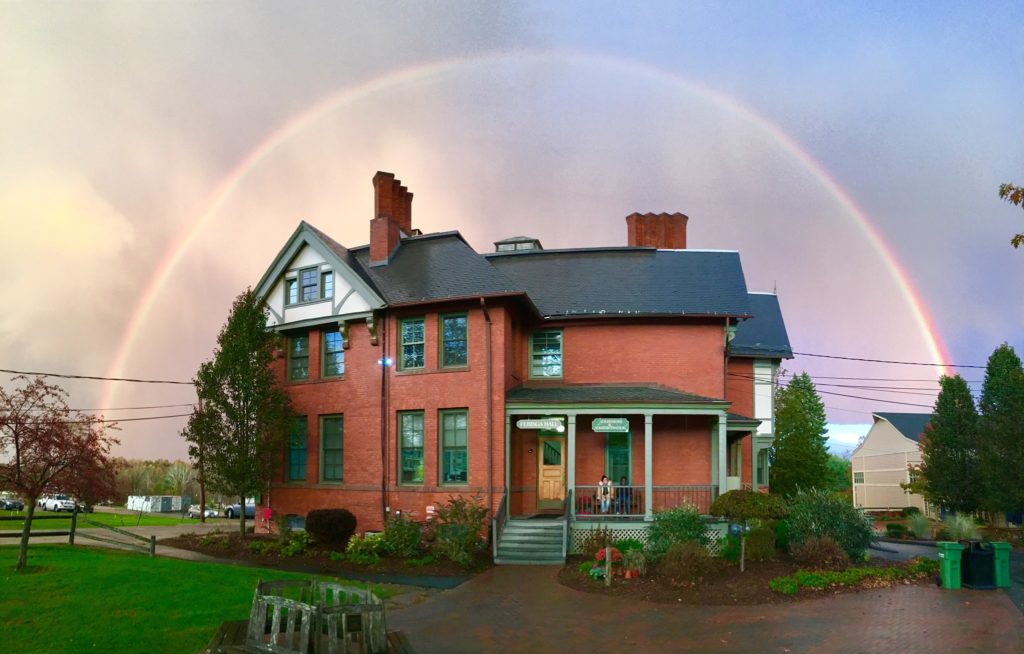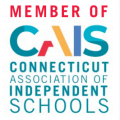An initial update on our planning for the fall of 2020, Watkinson’s most critical task, one which school leaders have been working tirelessly at since the last day of school.
One of the certainties of living and planning in the era of this COVID-19 pandemic is the prevailing uncertainty. Nevertheless, the thought and hope of opening school in September of 2020 inspires us. Our Re-Opening Task Force is composed of thirty-five members of school leadership, staff, and faculty, and we are deeply engaged in meeting the many challenges all schools face in preparing for the year ahead. While some decisions are beyond the control of the school, we are planning for multiple scenarios that may govern the coming year, and though our detailed planning is not yet complete, the overall plan exists at this time.
Following recommendations issued by the medical and public health community, the CDC and NIH, we are working in accordance with guidelines from the state of CT, the National Association of Independent Schools, and the CT Association of Independent Schools. As has been the case throughout the pandemic, Governor Lamont and state leaders will convey levels of operation for which we must be ready. As such, we have developed three operational scenarios or models (outlined below) for the 2020-21 school year. Scenario planning is recommended as best practices for all schools, given that we cannot predict yet what the status of the ever-shifting COVID-19 outbreak will look like at the start of the school year and beyond. It allows us to consider critical factors from which several potential models for education emerge. As such, and in keeping with Watkinson’s 140-year-old tradition of excelling when inventive teaching is most needed, we will be nimble and responsive, with thoughtful plans for learning that are both reflective of the essential elements of a Watkinson education, and mindful of keeping our community safe.
In both of the on-campus, face to face learning models, our campus will strictly observe and enforce the five central principles articulated and directed by the medical community: social distancing, personal protective equipment (masks), personal hygiene, the cleaning of surfaces, and the use of cohorts (small, contained communities of students) to ensure limited exposure and to facilitate contact tracing should illness occur. In addition, both of our on-campus models allow for synchronous learning to take place at school, such as in cases where a student is enrolled in a course out of their division. Furthermore, all students will have access to synchronous virtual learning in the event that conditions necessitate a period of quarantine or homebound study for individuals. Note, too, that in both on-campus scenarios, lunch will be provided, in Watkinson’s version of “grab and go”, providing nutritious and satisfying meals in accordance with public health requirements and guidelines.
- Model I — This scenario, our preferred model, will see students in all grades return to campus, separated into three pods to limit cross contamination across divisions. The middle school grades (6, 7, 8) will be one such pod. Ninth and tenth grades will be a second pod, and eleventh and twelfth grades, the third pod. Each pod will be housed in specific areas of campus, and there will be no student traffic between the cohort pods. Largely, the school schedule will remain intact; however there will be staggered start/dismissal times and expanded passing/cleaning time between classes for the health and safety of all. Please note, for students who have siblings that have a different start/end time or should a student need to arrive at a time other than what their pod requires, there will be a dedicated space for students to safely remain as they await the start of classes.
- Model II — In the event that we must reduce the number of people on campus for public health reasons, this model consists of a hybrid model, where on specified days some students will be on campus and some will be learning virtually. In this scenario, students will continue to operate in pods, but with fewer students on campus, reducing the density of the physical campus.
- Model III — In the event that the campus must close due to COVID-19, as it did last spring, all students and teachers will work in a virtual learning environment.
We are working on plans for both middle school and upper school activities and athletics that will be appropriate given social distancing guidelines. Those plans are in process; additional information will be published as decisions and plans become more complete.
While we don’t know the arc of the virus and how the spread will ebb and flow until such time there is a vaccine, we do know that we will be ready to continue to deliver on the promise of a Watkinson education. These are challenging times, to be sure, but our commitment to define, develop, and deliver a thoughtful plan that reflects Watkinson’s dedication to our students is at the very center of each step we take, each and every day during this intense season of planning.
In case you missed it, read “Full Strength Watkinson”, a description of how Watkinson went about setting up distance learning.



